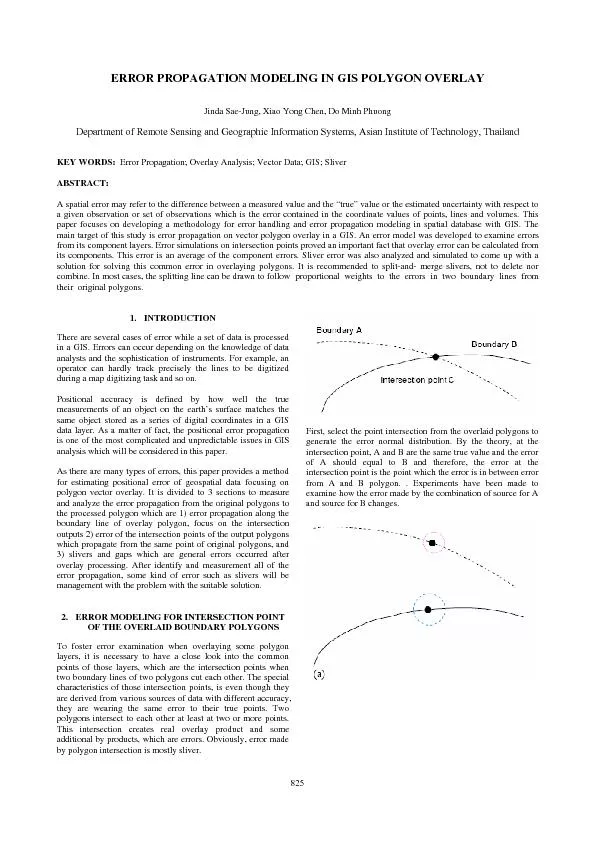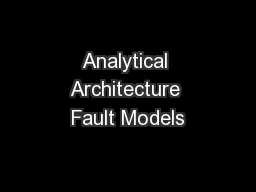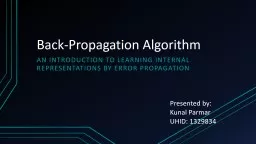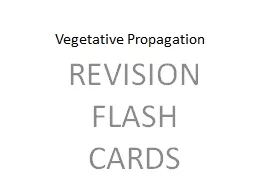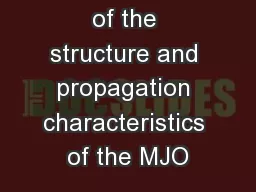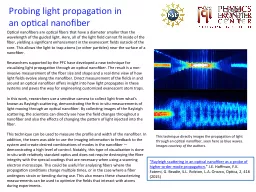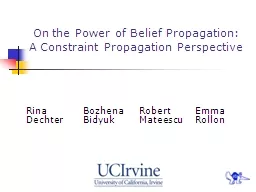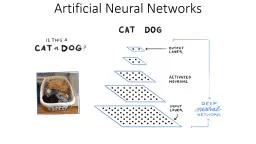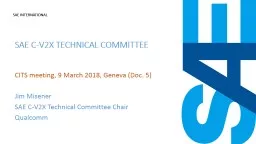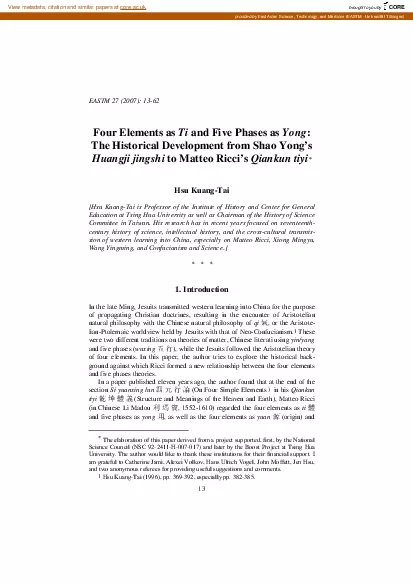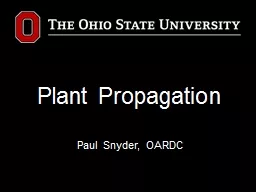PDF-ERROR PROPAGATION MODELINGJinda Sae-Jung, Xiao Yong Chen, Do Minh Phuo
Author : celsa-spraggs | Published Date : 2016-07-04
First select the point intersec 825 The International Archives of the Photogrammetry Remote Sensing and Spatial Information Sciences Vol XXXVII Part B2 Beijing 2008 Figure
Presentation Embed Code
Download Presentation
Download Presentation The PPT/PDF document "ERROR PROPAGATION MODELINGJinda Sae-Jung..." is the property of its rightful owner. Permission is granted to download and print the materials on this website for personal, non-commercial use only, and to display it on your personal computer provided you do not modify the materials and that you retain all copyright notices contained in the materials. By downloading content from our website, you accept the terms of this agreement.
ERROR PROPAGATION MODELINGJinda Sae-Jung, Xiao Yong Chen, Do Minh Phuo: Transcript
Download Rules Of Document
"ERROR PROPAGATION MODELINGJinda Sae-Jung, Xiao Yong Chen, Do Minh Phuo"The content belongs to its owner. You may download and print it for personal use, without modification, and keep all copyright notices. By downloading, you agree to these terms.
Related Documents

